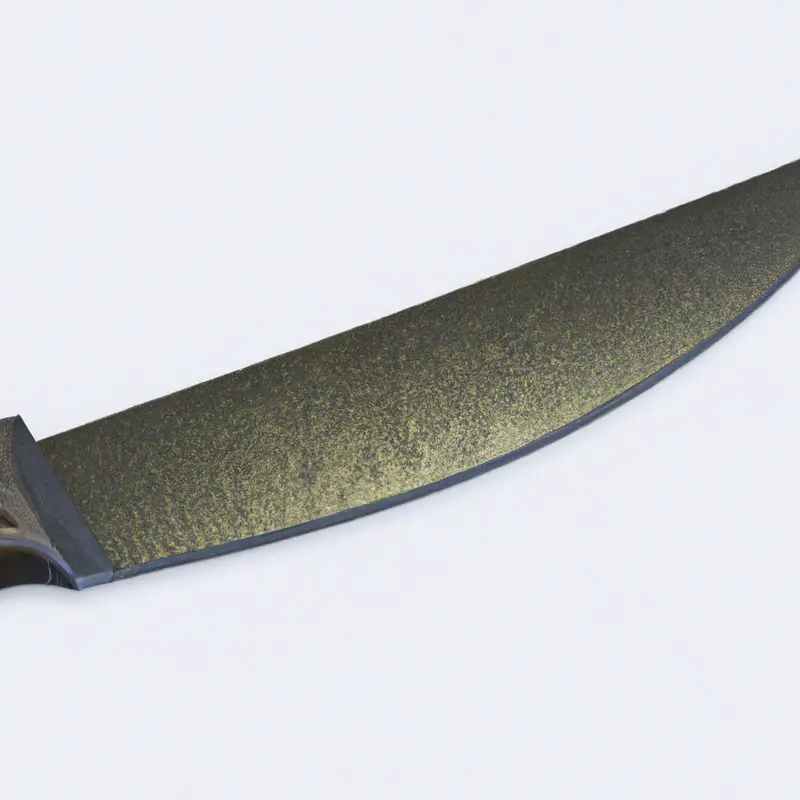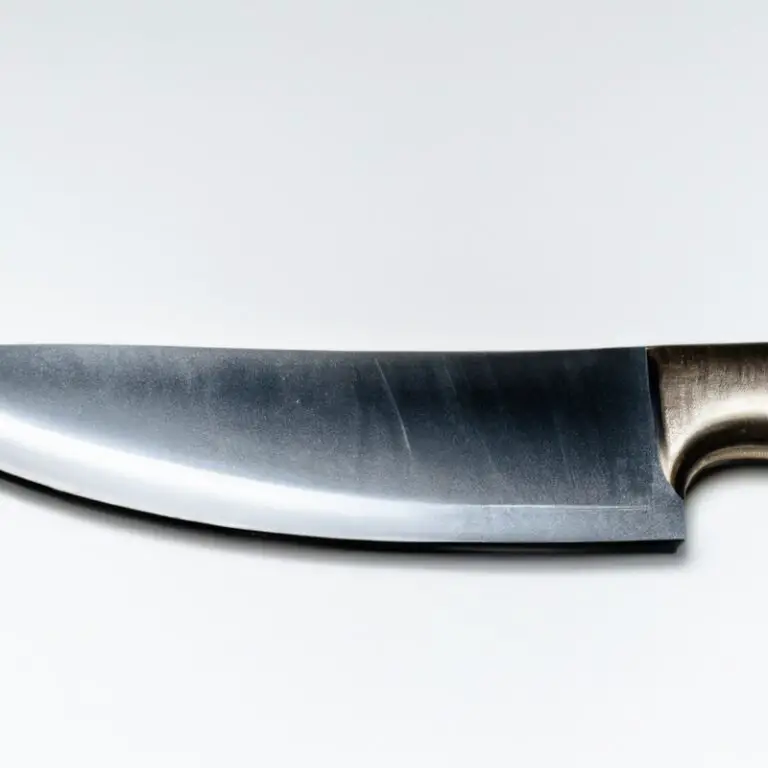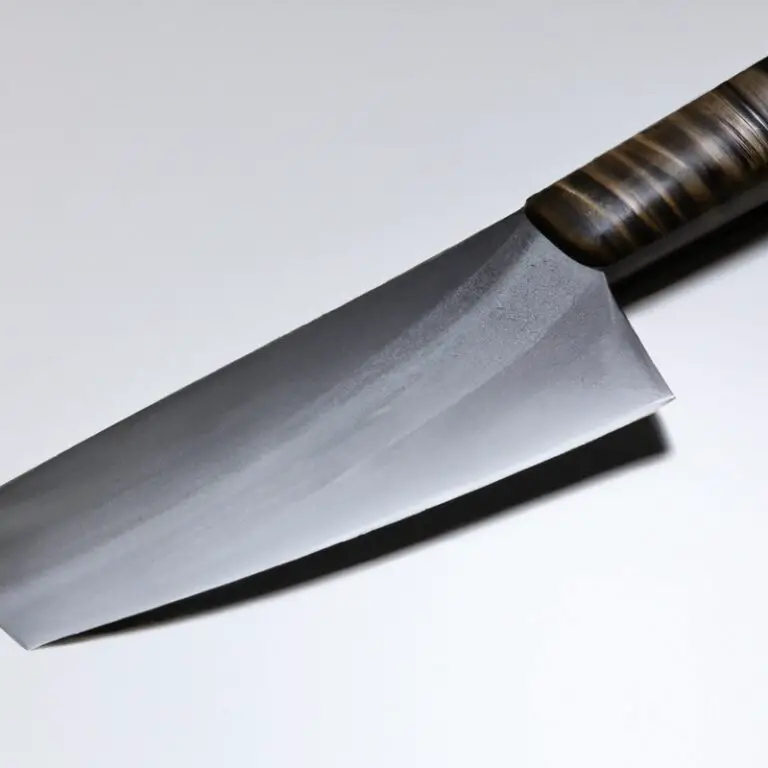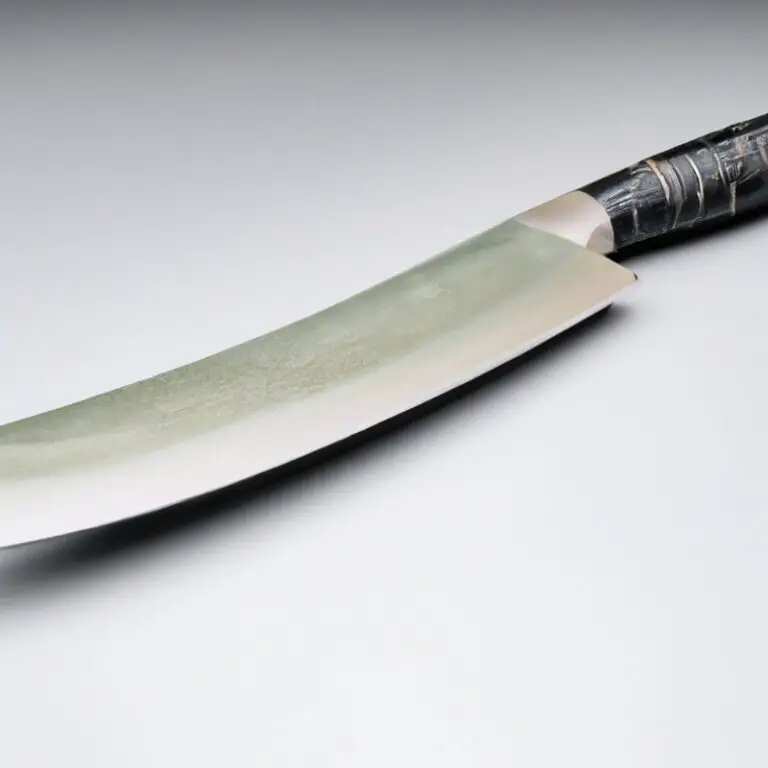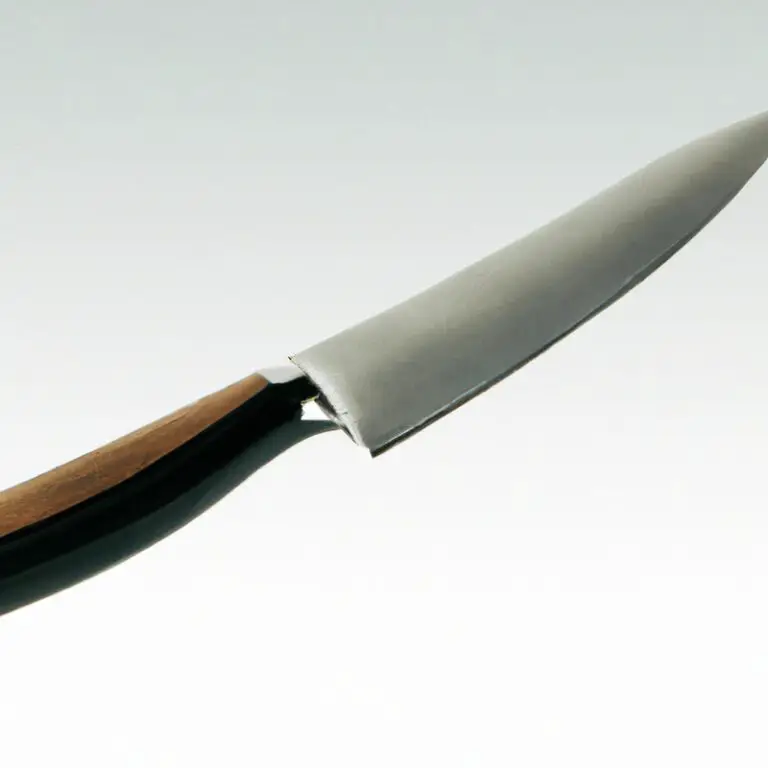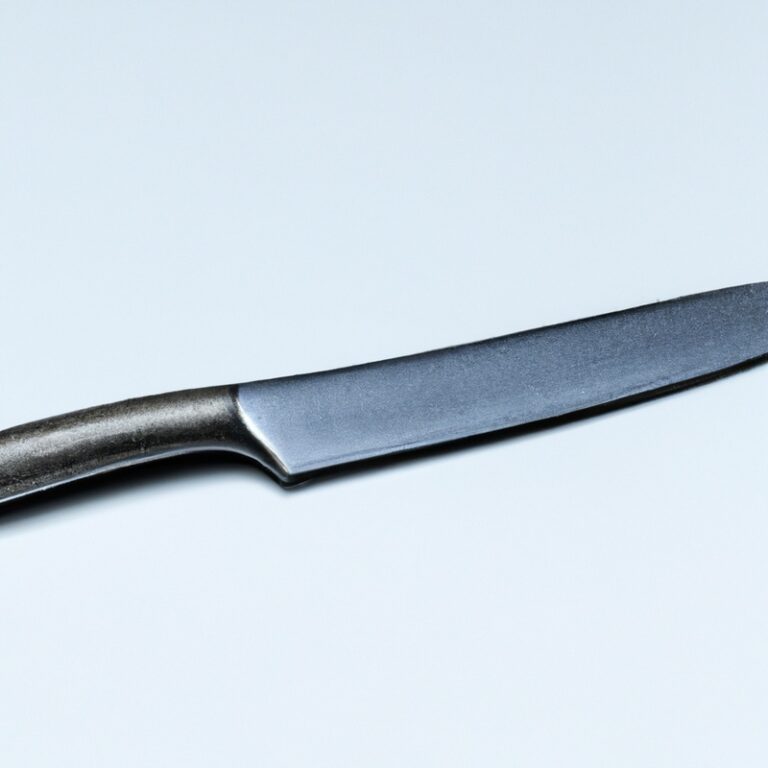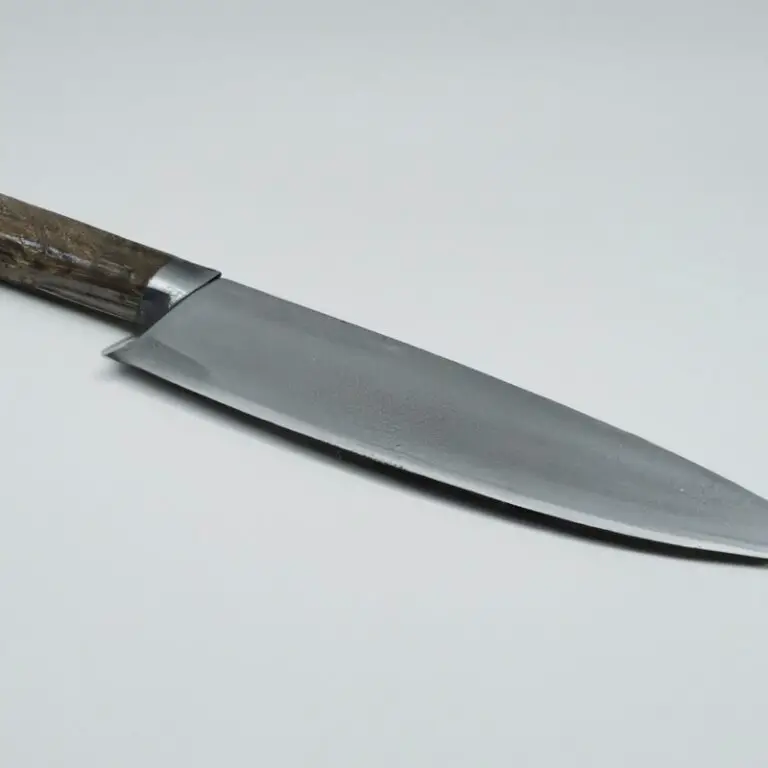Choosing The Perfect Sharpening Stones For Your Gyuto Knives – A Guide
Key Takeaways:
- Consider grit level when selecting sharpening stones for a Gyuto knife, with lower grits (200-800) for repairs and higher grits (1000+) for maintenance.
- Look for high-quality, natural materials like water stones or diamond stones for maximum effectiveness and longevity.
- Practice proper technique when sharpening, such as maintaining consistent angles and pressure, to avoid damaging your knife or compromising its sharpness.
- Prioritize regular maintenance and upkeep to extend the lifespan of your Gyuto knife and ensure optimal performance in your kitchen.
Maintaining the sharpness of your Gyuto knife is key to ensuring its longevity and effectiveness in the kitchen. However, choosing the right sharpening stone can be a daunting task, with so many options available in the market.
Synthetic or natural?
Water-based or oil-based? Which grit size to choose?
In this article, I will guide you through the process of selecting the right sharpening stones for your Gyuto knife, covering every aspect from understanding the different types of stones to testing and evaluating sharpness after usage.
So, let’s get started and maintain those knives sharp!
| Natural Stones | Synthetic Stones | |
| Material | Natural materials – usually Novaculite, Waterstones, Ceramic, Diamond, or Arkansas Stone. | Artificial materials – usually Aluminum Oxide or Silicon Carbide. |
| Durability | Less durable, but give a very sharp edge. | More durable and last longer than natural stones. |
| Sharpness | Provide a razor-sharp edge. | Provide a sharp edge, but not as sharp as natural stones. |
| Cost | Expensive and rare. | More affordable and widely available. |
| Maintenance | Require regular flattening and cleaning. | Easy to maintain and clean. |
Understanding the different types of sharpening stones for Gyuto knives
When it comes to sharpening your Gyuto knives, there are two main types of sharpening stones to consider: synthetic and natural. Synthetic stones are made from materials like aluminum oxide, silicon carbide, or ceramic, while natural stones are typically quarried stones like Novaculite or Belgian Blue.
Grit size is another important factor to consider when choosing a sharpening stone for your Gyuto knife, as it determines how much material will be removed during the sharpening process.
Lower grit stones (around 200-400) are best for repairing damaged or dull edges, while medium grit stones (around 800-2000) are ideal for regular maintenance. Higher grit stones (above 3000) are best for honing and polishing your knife’s edge.
Water-based sharpening stones have become increasingly popular due to their ability to maintain a consistent sharpening surface and reduce the risk of overheating your blade.
It’s also important to properly maintain and care for your sharpening stones to ensure their longevity and effectiveness. When repairing a chipped edge on your Gyuto knife, a sharpening stone with low grit and a flat surface, like a diamond stone, is recommended.
Angle guides can also be helpful in maintaining consistency during the sharpening process.
After using your sharpening stone, it’s important to test and evaluate the sharpness of your knife to ensure proper maintenance.
Synthetic vs Natural sharpening stones for Gyuto knives
Synthetic sharpening stones are made from artificial materials like silicon carbide, aluminum oxide, or ceramic. They are typically cheaper, more durable, and require less maintenance than natural sharpening stones.
However, they may not provide the same level of grit and sharpness as natural stones, and some users report a difference in the feel and feedback provided during the sharpening process.
Natural sharpening stones, on the other hand, are mined from various quarries around the world, such as Arkansas, Belgium, and Japan. They are graded by their hardness, with softer stones being better suited for honing and harder stones being used for sharpening.
Natural stones can provide a superior level of sharpness, leaving a refined edge on the knife.
However, they are more expensive, require regular flattening, and can be fragile. Ultimately, the choice between synthetic and natural sharpening stones comes down to personal preference and budget.
Those who prioritize cost-effectiveness and durability may prefer synthetic stones, while those seeking the highest level of sharpness and refinement may opt for natural stones.
The importance of grit size for Gyuto knife sharpening stones
The grit size of a sharpening stone is essential when it comes to maintaining Gyuto knives. Grit size refers to the size of the abrasive particles on the stone’s surface.
The lower the grit number, the coarser the stone, and the higher the grit number, the finer the stone.
For Gyuto knives, it is best to use a progression of grit sizes from coarse to fine for optimal results. Coarse grits remove more metal and are ideal for sharpening dull and damaged blades.
Fine grits are best for honing and refining the blade’s edge.
Choosing the right grit size sequence is crucial to ensure the blade stays sharp, performs accurately, and retains its edge for a more extended period.
Benefits of water-based sharpening stones for Gyuto knife maintenance
Water-based sharpening stones provide several benefits for maintaining Gyuto knives. Firstly, they are user-friendly and suitable for beginners due to their lower level of hardness and less abrasive properties.
Secondly, water acts as a lubricant, minimizing the heat buildup while sharpening, which can damage the knife’s blade.
The water also washes away the metal filings and debris from the blade, which ensures a smoother sharpening experience. Thirdly, water-based stones are usually less expensive than other types of sharpening stones and may last longer due to their durability.
Lastly, water-based stones can be easily cleaned with water, making them quicker and more effortless to maintain.
Overall, choosing a water-based sharpening stone for Gyuto knives provide a cost-effective, easy-to-use, and efficient sharpening experience.
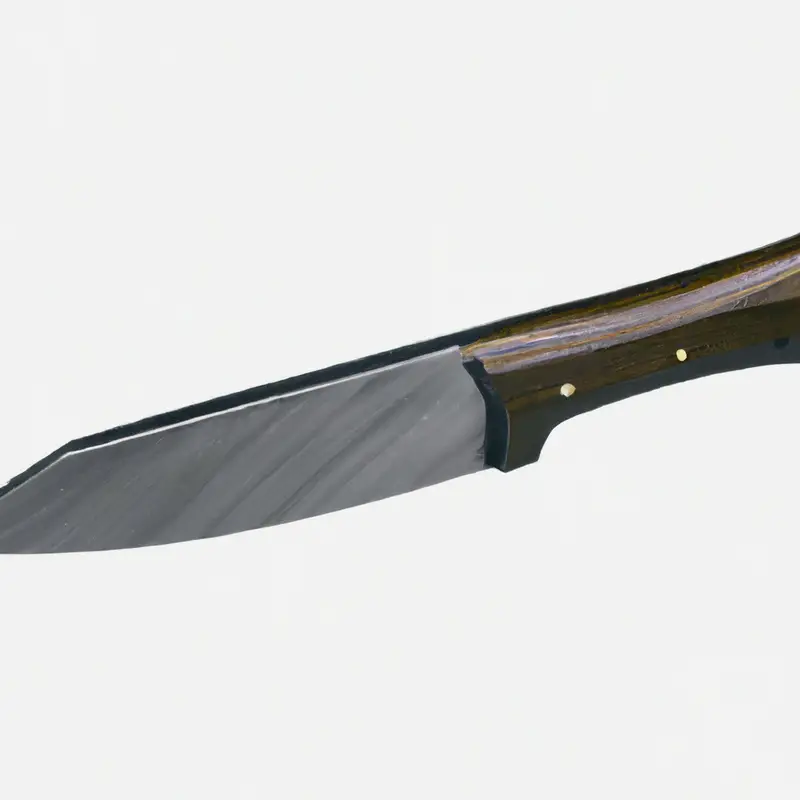
How to properly maintain and care for sharpening stones
Proper maintenance and care of sharpening stones are crucial to ensure their longevity and effectiveness. Here are some tips to keep your sharpening stones in top shape:
- Clean your sharpening stones after use to prevent the buildup of metal particles and debris. Use a stone cleaner or mild detergent and water to remove any residue.
- Make sure to dry your sharpening stones thoroughly before storing them to prevent mold and mildew growth.
- Store your sharpening stones in a dry and cool place to avoid warping and cracking. Avoid storing them in direct sunlight or moist areas.
- Flatten your sharpening stones regularly to maintain their flat surface. You can use a flattening stone or sandpaper to flatten the surface.
- Avoid dropping your sharpening stones or using them on inappropriate materials such as glass or metal.
Follow these simple steps to maintain and care for your sharpening stones, and they will serve you well for a long time.
Choosing the right sharpening stone grit sequence for Gyuto knives
To effectively sharpen a Gyuto knife, it is essential to utilize the appropriate grit sequence of sharpening stones. A typical grit sequence begins with a coarse grit stone, followed by a medium grit stone, and finishes with a fine grit stone.
The coarse stone is used to establish a new edge or remove chips, while the medium and fine stones refine and polish the edge.
It’s important to use the right grit sequence to ensure the knife achieves a sharp and smooth edge. Additionally, when selecting a sharpening stone, consider its material, hardness, and water retention capability to get the desired sharpening results.
The role of diamond stones in Gyuto knife sharpening
Diamond stones are becoming increasingly popular in Gyuto knife sharpening due to their durable and fast-cutting properties. Unlike traditional sharpening stones, diamond stones are made with a diamond abrasive coating, which allows them to remove metal from the knife blade much faster.
This makes them efficient for repairing and restoring dull or damaged blades.
Diamond stones are also available in a wide range of grit sizes, making them suitable for all stages of sharpening, from coarse to fine. However, it is important to note that diamond stones can cause more significant wear and tear on the knife blade compared to traditional sharpening stones, so it is important to use them with care.
Overall, diamond stones are an excellent addition to any sharpening kit and can play a key role in maintaining and restoring the razor-sharp edge of a Gyuto knife.
Selecting the best sharpening stone for repairing chipped Gyuto knife edges
When it comes to repairing chipped Gyuto knife edges, selecting the right sharpening stone can make a big difference. Diamond sharpening stones are the best option for repairing chipped edges as they have a rough grit that can quickly remove material without damaging the blade.
Synthetic water stones with a grit range of 1000-3000 can also be used for minor repairs, but they may take longer to achieve a sharp edge.
It is important to select a stone that corresponds to the blade’s hardness, as harder blades require firmer sharpening stones. Overall, diamond sharpening stones are the best for repairing chipped edges and restoring the blade’s sharpness.
Why angle guides are important for maintaining consistency in Gyuto knife sharpening
Angle guides are essential tools for maintaining consistency in Gyuto knife sharpening. They act as a reference point for maintaining the knife’s angle throughout the sharpening process.
Without an angle guide, it can be challenging to maintain the correct angle, which can lead to an uneven edge or ineffective sharpening.
Using an angle guide ensures the knife is sharpened at the same angle on both sides, resulting in a more consistent and effective sharpening outcome. Additionally, angle guides can be adjusted to fit the specific angles of different types of knives, allowing for precise sharpening results.
Overall, using an angle guide may take some time to master, but it is an essential tool for consistent and effective sharpening of Gyuto knives.
Testing and evaluating sharpness after using sharpening stones on Gyuto knives
Once you have completed sharpening your Gyuto knife with a sharpening stone, you should test it for sharpness. There are several methods for testing a knife’s sharpness, including the paper test, vegetable slicing test, and the tomato test.
To perform the paper test, take a piece of paper and try to slice through it with your knife.
If the knife slices the paper effortlessly, it is sharp enough. The vegetable slicing test involves slicing through vegetables such as onions and carrots, and if the knife cuts them smoothly, it is sharp.
Finally, you can perform the tomato test by slicing through a ripe tomato, and if the knife cuts through it smoothly without any squishing or tearing, it is sharp.
It’s essential to test the knife’s sharpness after sharpening as it ensures that your efforts have paid off and the knife is indeed sharp enough to work efficiently.
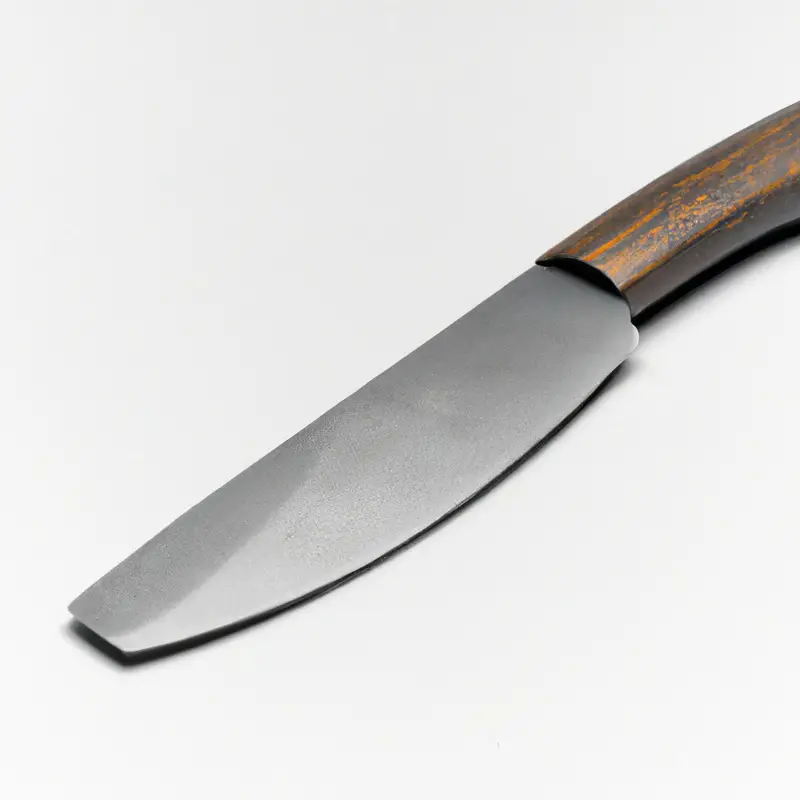
Final Verdict
In summary, choosing the right sharpening stones for maintaining your Gyuto knives is crucial for not only preserving their longevity but also ensuring optimal performance. Synthetic and natural stones offer different benefits, while grit size and water-based options should also be considered.
Proper maintenance and care of your stones, along with selecting the appropriate grit sequence and angle guides, will greatly enhance your sharpening results.
Lastly, diamond stones can be helpful for repairing chipped edges and testing sharpness. By following these guidelines, you can confidently maintain your Gyuto knives and achieve long-lasting sharpness, ultimately elevating your culinary experience.
Trust in the reliability of this information and implement these practical takeaways for a sharper kitchen.

